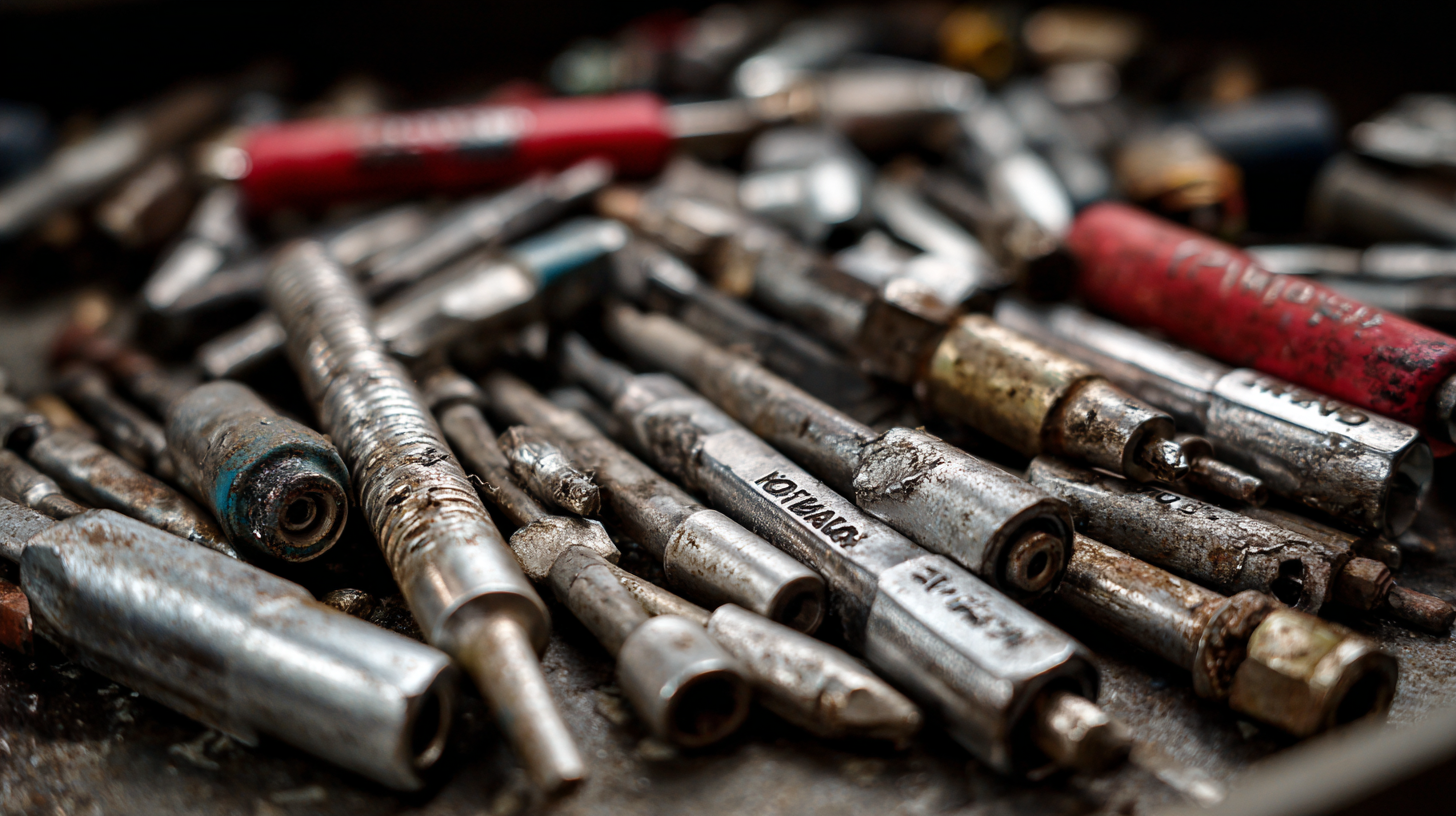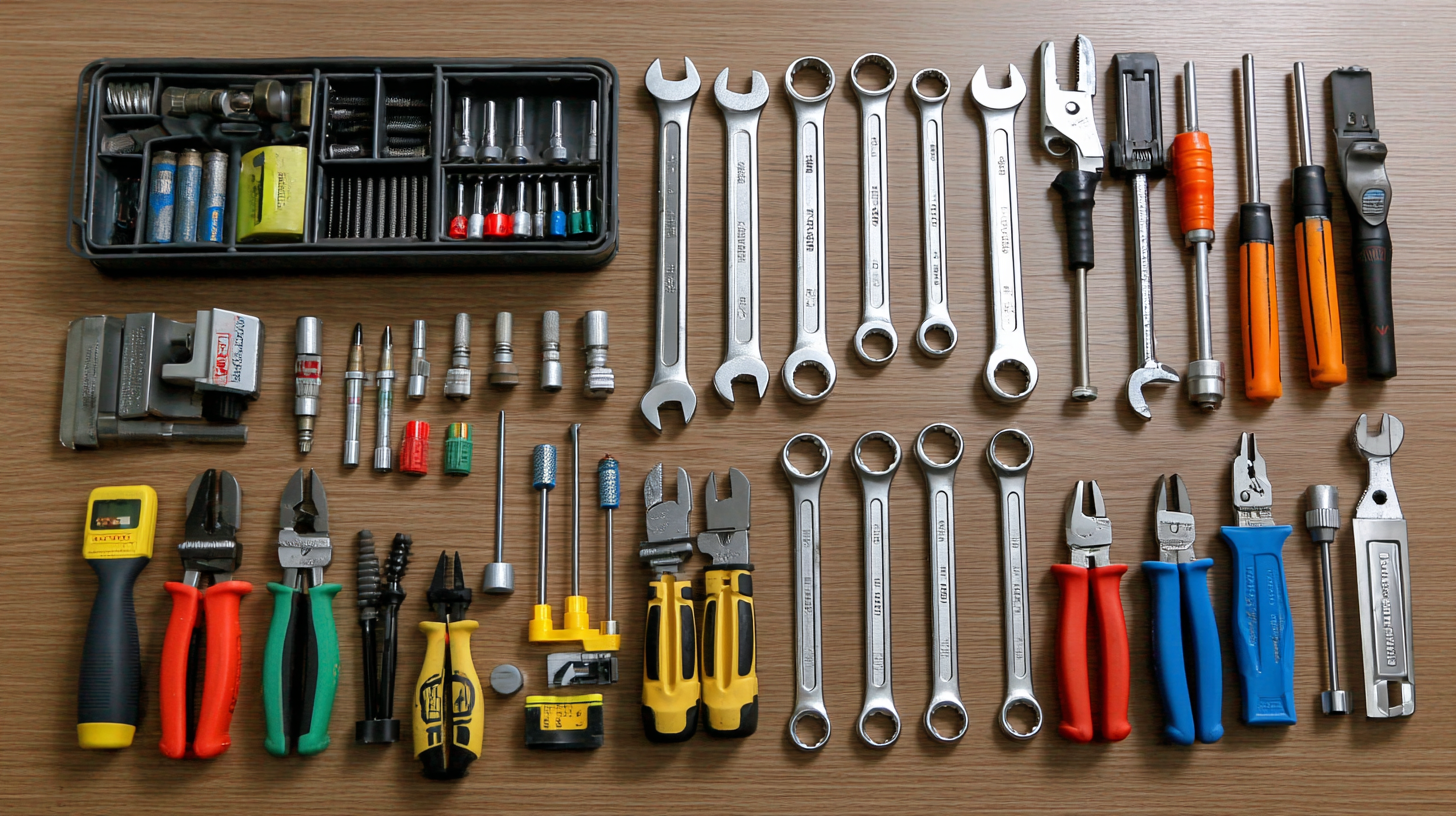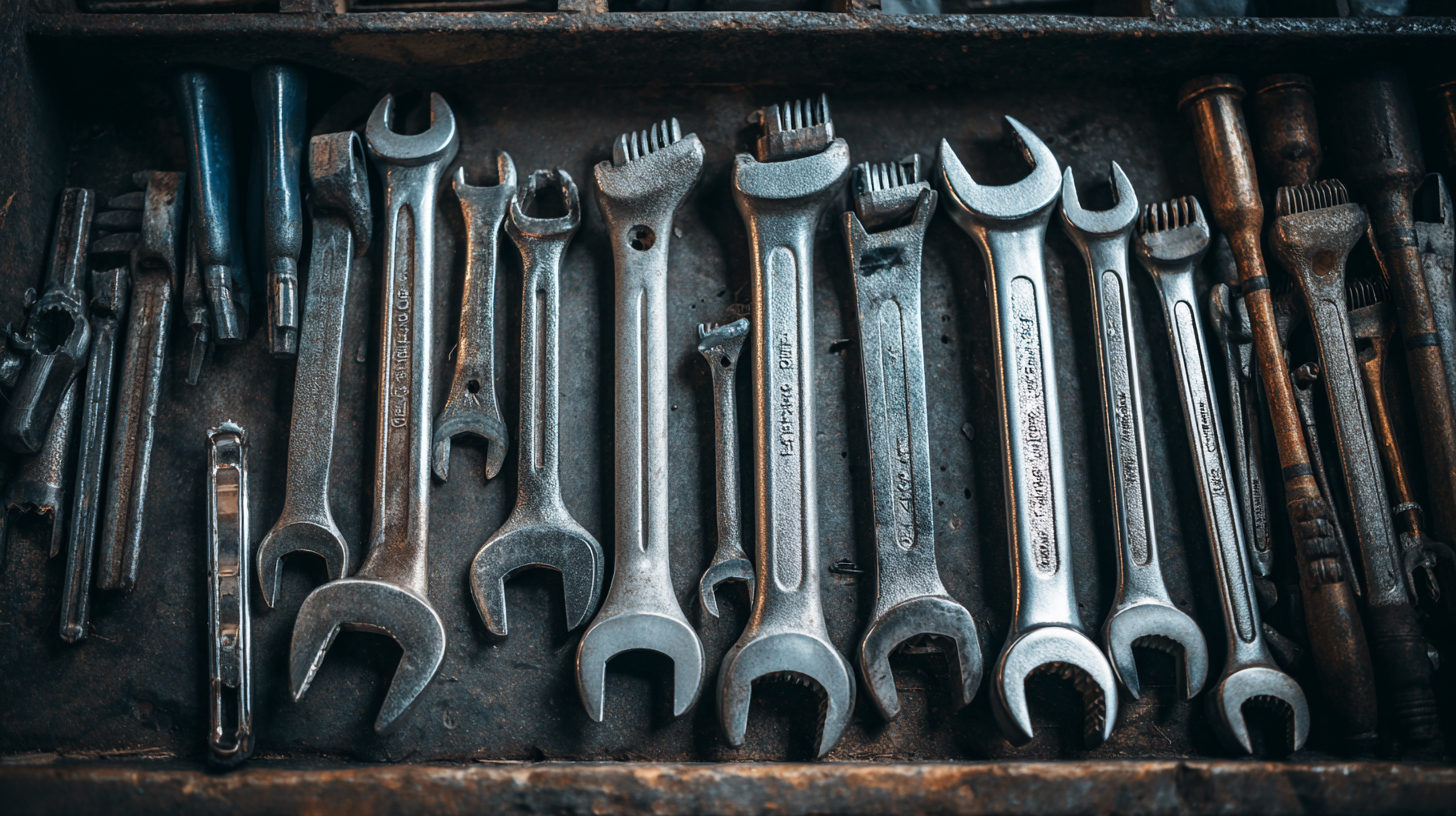Blog
Troubleshooting Common Issues with Aluminum Tools: A Global Procurement Perspective
The global aluminum tools market has witnessed significant growth, driven by the increasing demand for lightweight and durable materials across various industries. According to a report by MarketsandMarkets, the aluminum tools market is expected to reach USD 1.5 billion by 2025, growing at a CAGR of 5.2% from 2020. This surge highlights the crucial need for high-quality manufacturing processes and effective troubleshooting approaches. As businesses aim for excellence in performance and cost-efficiency in their procurement strategies, understanding the common issues associated with aluminum tools becomes paramount. Focusing on quality and leveraging China's manufacturing capabilities presents an opportunity for exporters to gain a competitive edge in the global market. In this blog, we will delve into the prevalent challenges faced by users of aluminum tools and provide insights on resolving these issues from a global procurement perspective.

Identifying Key Characteristics of Quality Aluminum Tool Suppliers in the Global Market
When sourcing aluminum tools in the global market, identifying key characteristics of quality suppliers is essential for ensuring durability and performance. First, reputable suppliers should possess certifications such as ISO 9001, which indicates adherence to international quality management standards. This certification not only ensures that the supplier has effective quality control processes in place but also reflects their commitment to continuous improvement and customer satisfaction. Additionally, suppliers with a robust reputation in the industry often undergo regular audits and maintain transparency in their manufacturing processes, fostering trust with their clients.
Another crucial aspect to consider is the supplier's ability to provide comprehensive product support. Quality aluminum tool suppliers should offer detailed specifications, including material properties and recommended usage, as well as reliable after-sales service. They should be responsive to inquiries and capable of addressing technical issues that may arise. Moreover, strong suppliers often maintain a diverse product range and provide customization options, which can cater to specialized needs in various applications. By prioritizing these characteristics, companies can effectively mitigate risks associated with sourcing aluminum tools from the global market.
Troubleshooting Common Issues with Aluminum Tools: A Global Procurement Perspective
| Characteristic | Importance | Supplier A | Supplier B | Supplier C |
|---|---|---|---|---|
| Quality Assurance Processes | High | Certified ISO 9001 | In-House Testing | No Certification |
| Material Sourcing | Medium | Local Suppliers | Global Mining Partners | Mixed Sourcing |
| Technical Support Availability | High | 24/7 Support | Limited Hours | Scheduled Support Only |
| Product Range | Medium | Extensive | Moderate | Niche Focus |
| Customer Feedback | High | Positive Reviews | Mixed Reviews | Negative Feedback |
Understanding Aluminum Tool Quality Standards: ISO Certification and Beyond
When it comes to aluminum tools, understanding quality standards is crucial for ensuring reliability and performance. ISO certification plays a significant role in establishing these standards, as it provides a benchmark for manufacturers to meet. Tools that are ISO certified are subjected to rigorous testing and quality assessments, ensuring that they can withstand various operational demands. Beyond ISO, it’s important to consider other certifications and industry-specific standards that can further guarantee the quality of aluminum tools.
**Tips:** When selecting aluminum tools, always check for ISO certification and ask about the manufacturing process. This can provide insights into the tools' durability and expected lifespan. Additionally, keep an eye on customer reviews and industry feedback; real-world usage can reveal potential weaknesses that certifications might not cover.
Another essential aspect is to consider the specific application of the aluminum tools. Different tasks may require varying strengths and specifications. Familiarizing yourself with the relevant quality standards for your particular needs will help streamline your procurement process.
**Tips:** Consult with suppliers who have a clear understanding of the relevant standards and can provide documentation for their products. This ensures that you’re not only getting quality tools but also peace of mind regarding their reliability in performance.

Evaluating Supplier Reliability: Lead Times and Delivery Performance Metrics
Evaluating supplier reliability is crucial for businesses that rely on aluminum tools, especially in today’s competitive landscape. Industry reports indicate that 70% of procurement professionals consider lead times and delivery performance metrics as the top criteria for supplier evaluation. Inadequate lead times can lead to project delays and increased costs, significantly impacting overall productivity. Research from the Supply Chain Management Review shows that companies with reliable suppliers can reduce lead times by up to 35%, resulting in enhanced operational efficiency.
When selecting suppliers, it's essential to assess their historical delivery performance. Look for key performance indicators (KPIs) such as on-time delivery rates, order accuracy, and responsiveness to changes. A recent study highlighted that organizations maintaining close relationships with suppliers had a 20% higher delivery performance than those that did not. To ensure your suppliers align with your business needs, consider developing a scorecard system to regularly evaluate their performance based on these metrics.
Tip: Always communicate your delivery expectations clearly and establish regular follow-ups for updates to avoid surprises. Furthermore, consider diversifying your supplier base to mitigate risks associated with relying on a single source.
Assessing Material Sourcing Practices: The Importance of Traceability in Aluminum Procurement
In the ever-evolving landscape of global procurement, traceability in aluminum sourcing has emerged as a critical factor for manufacturers and suppliers alike. As reported by the International Aluminium Institute, the global aluminum production reached approximately 60 million metric tons in 2022, leading to an increased focus on sustainable and ethical sourcing practices. Companies are now prioritizing supply chains that not only emphasize efficiency but also uphold environmental and social standards, reflecting the growing consumer demand for transparency.
Moreover, a report by McKinsey & Company highlights that nearly 66% of consumers are willing to pay more for products sourced from sustainable materials. This statistic underscores the importance of traceability in procurement processes, as it enables businesses to provide assurance regarding their sourcing origins and practices. By implementing robust tracking systems, organizations can mitigate risks associated with supply chain disruptions and illegal mining activities, which have been shown to negatively impact both regulation compliance and brand reputation. Adopting advanced technology in tracking and monitoring aluminum sourcing practices not only enhances operational efficiency but also aligns with corporate responsibility initiatives, ultimately benefiting both businesses and consumers.
Cost vs. Quality: Navigating Budget Constraints While Ensuring High-Performance Tools
In the realm of procurement for aluminum tools, striking a balance between cost and quality is of paramount importance. According to a report by ResearchAndMarkets, the global aluminum tools market is projected to grow at a CAGR of 5.3% from 2022 to 2027. This growth underscores the increasing demand for high-performance tools that can withstand rigorous operational demands while remaining cost-effective. However, many procurement professionals grapple with budget constraints that can compromise the quality of tools sourced.
When navigating these budget limitations, it’s essential to leverage strategic sourcing and supplier partnerships. A study by Deloitte indicates that 79% of top-performing procurement organizations prioritize supplier collaboration as a key strategy for quality assurance. By engaging with suppliers who adhere to stringent quality certifications, procurement teams can ensure that they acquire tools that not only meet performance specifications but also provide long-term value. This proactive approach minimizes the risks associated with subpar tools, which can lead to higher maintenance costs and decreased productivity in the long run.

